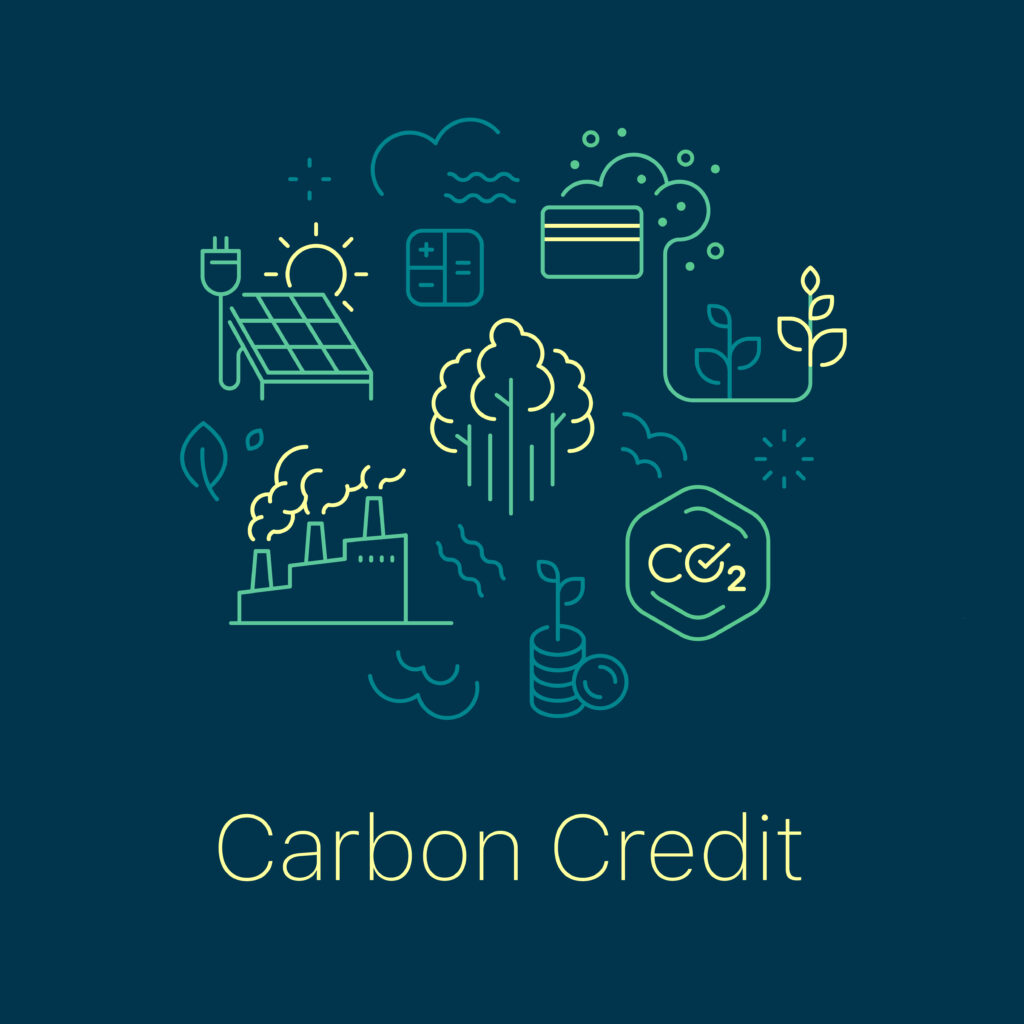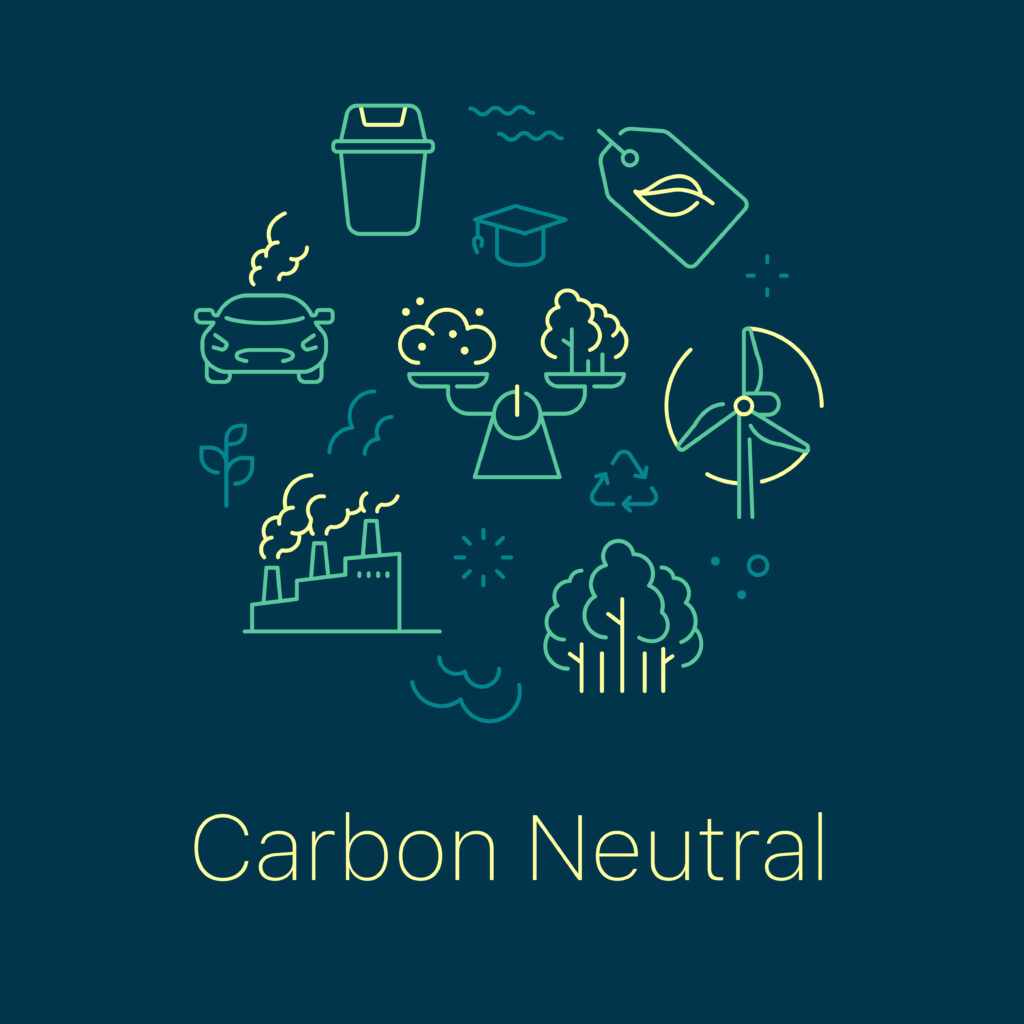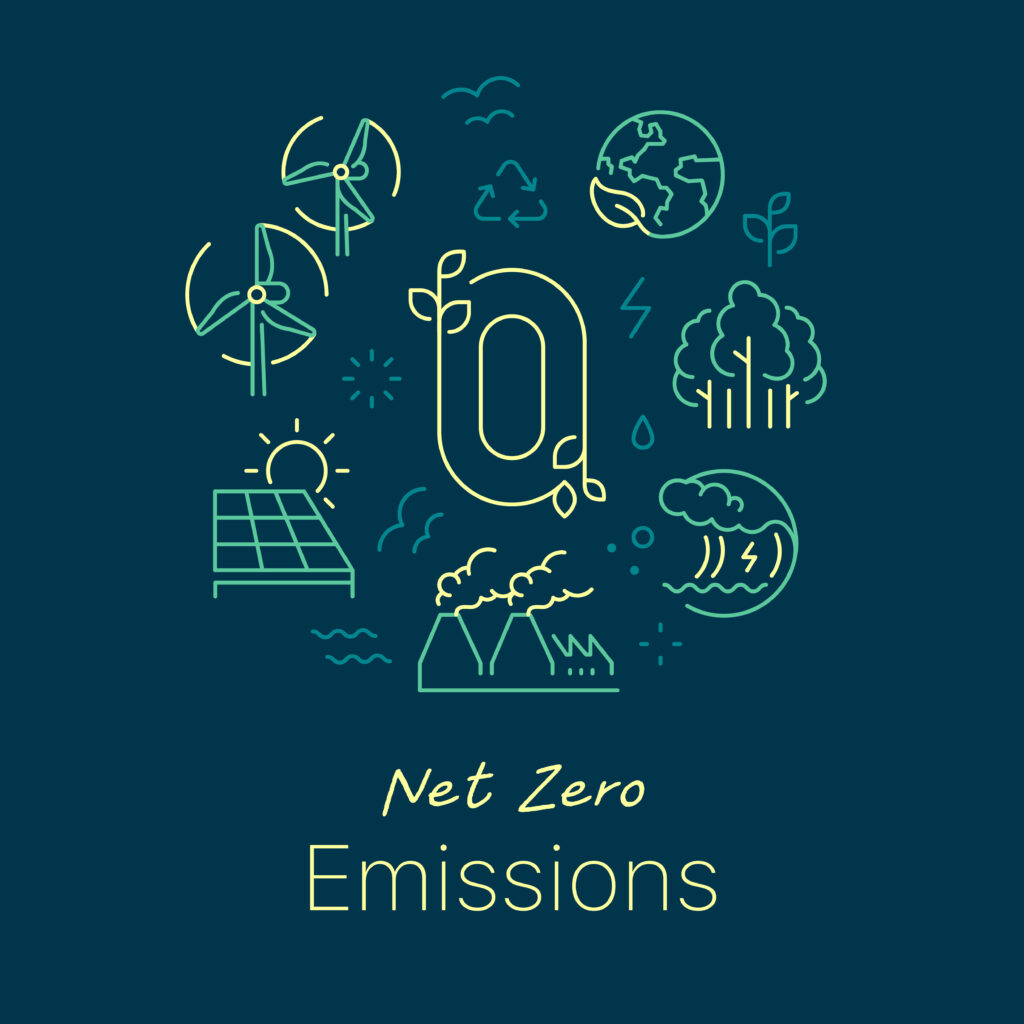In today’s climate-conscious economy, startups are increasingly looking for ways to align profitability with sustainability. One powerful opportunity lies in carbon credits—a market projected to reach $2.68 trillion by 2028.
For startups, carbon credits aren’t just about offsetting emissions—they can be a new revenue stream, a brand differentiator, and a way to attract eco-conscious investors.
In this guide, we’ll explore:
✅ What carbon credits are and how they work
✅ How startups can generate & sell carbon credits
✅ Real-world examples of startups monetizing carbon credits
✅ Challenges and how to overcome them
1. What Are Carbon Credits & How Do They Work?

A carbon credit represents one ton of CO₂ (or equivalent greenhouse gas) that has been avoided, reduced, or removed from the atmosphere. Companies buy these credits to offset their emissions and meet sustainability goals.
Types of Carbon Credits:
- Avoidance Credits (e.g., renewable energy projects)
- Removal Credits (e.g., reforestation, direct air capture)
- Voluntary vs. Compliance Markets (startups typically engage in voluntary markets)
🔗 Learn more about carbon credit types: World Bank Carbon Pricing Dashboard
2. How Startups Can Generate & Sell Carbon Credits
A. Develop a Carbon-Reduction Project
Startups in agritech, clean energy, or reforestation can generate credits by:
- Switching to renewable energy (solar/wind)
- Implementing regenerative farming (soil carbon sequestration)
- Building carbon capture tech (e.g., Climeworks)
🔗 Example: Pachama uses AI to verify forest carbon credits.
B. Partner with Carbon Marketplaces
Platforms like Verra, Gold Standard, and CarbonTrade help startups certify and sell credits.
- Step 1: Measure emissions using tools like Watershed
- Step 2: Get verified by a standard (e.g., Verra’s VCS Program)
- Step 3: List credits on marketplaces like Carbonplace
C. Monetize Through B2B Sales
Companies like Microsoft, Shopify, and Stripe buy carbon credits from startups.
- Example: Charm Industrial sells carbon removal credits to Stripe.
3. Real-World Startup Success Stories

🌱 KlimaDAO (Blockchain + Carbon Offsets)
- Buys and retires carbon credits, then offers KLIMA tokens.
- Revenue Model: Token appreciation + trading fees.
- 🔗 KlimaDAO
🌳 NCX (Forest Carbon Marketplace)
- Pays landowners for delaying timber harvests (generating credits).
- Clients: Microsoft, Shell.
- 🔗 NCX
⚡ Opus 12 (Carbon-to-Products)
- Converts CO₂ into industrial chemicals.
- Revenue: Sells carbon credits + products.
- 🔗 Opus 12
4. Challenges & How to Overcome Them
| Challenge | Solution |
|---|---|
| High verification costs | Partner with accelerators like Elemental Excelerator |
| Market volatility | Use forward contracts (lock in prices early) |
| Greenwashing risks | Ensure transparency with blockchain (e.g., Toucan Protocol) |
5. Key Takeaways for Startups

✔ Carbon credits can be a new revenue stream, not just a cost.
✔ Tech-driven startups (AI, blockchain, agritech) have the biggest opportunities.
✔ Early movers will capture premium pricing as demand grows.
🔗 Want to explore further? Check out:
Final Thought
The carbon credit market is still evolving, but for startups willing to innovate, it offers huge financial and impact potential. Will your startup be part of the next wave of climate tech success stories?
🚀 Ready to take action? Start by measuring your carbon footprint with Plan A’s free tool.
